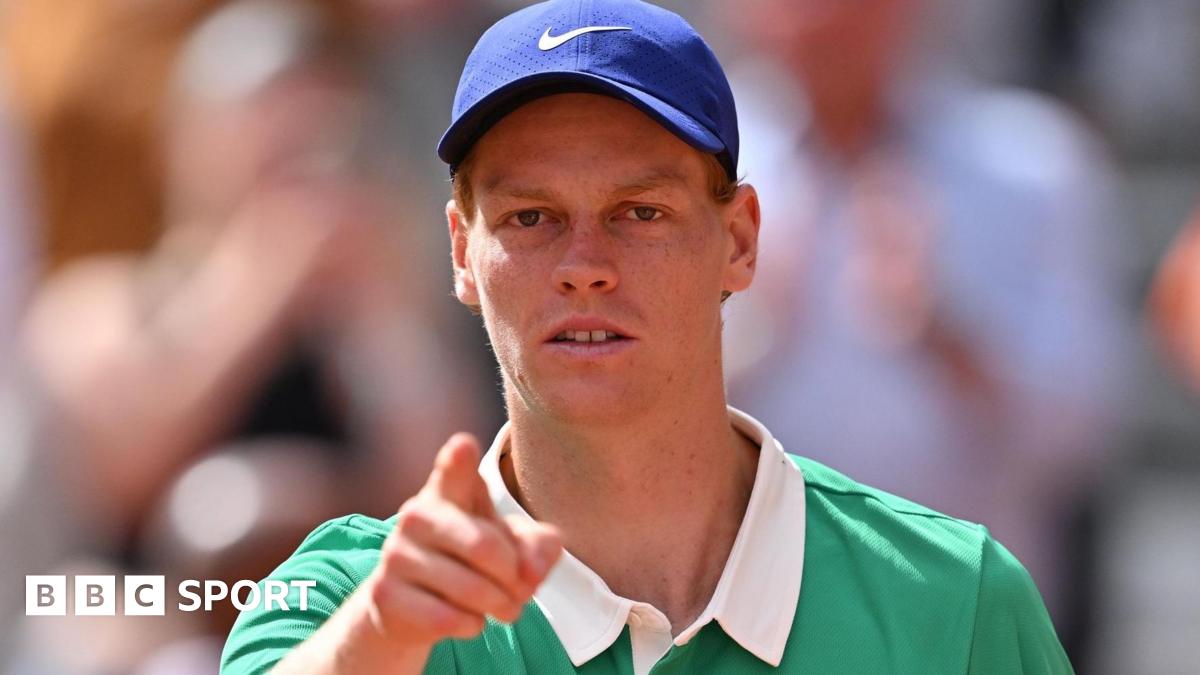- Asia
Diggins and 24 points and franchise record-tying 14 assists as Storm edge Mercury 77-70
时间:2010-12-5 17:23:32 作者:Television 来源:Technology Policy 查看: 评论:0内容摘要:It’s directed by Len Wiseman, who described it in press notes as "kind of the opposite of John Wick's story. Wick is trying to get out of his life as an assassin; Eve is wanting in - she wants to be a killer”.It’s directed by Len Wiseman, who described it in press notes as "kind of the opposite of John Wick's story. Wick is trying to get out of his life as an assassin; Eve is wanting in - she wants to be a killer”.
So what actually is consciousness?The short answer is that no-one knows. That's clear from the good-natured but robust arguments among Prof Seth's own team of young AI specialists, computing experts, neuroscientists and philosophers, who are trying to answer one of the biggest questions in science and philosophy.

While there are many differing views at the consciousness research centre, the scientists are unified in their method: to break this big problem down into lots of smaller ones in a series of research projects, which includes the Dreamachine.Just as the search to find the "spark of life" that made inanimate objects come alive was abandoned in the 19th Century in favour of identifying how individual parts of living systems worked, the Sussex team is now adopting the same approach to consciousness.They hope to identify patterns of brain activity that explain various properties of conscious experiences, such as changes in electrical signals or blood flow to different regions. The goal is to go beyond looking for mere correlations between brain activity and consciousness, and try to come up with explanations for its individual components.

Prof Seth, the author of a book on consciousness, Being You, worries that we may be rushing headlong into a society that is being rapidly reshaped by the sheer pace of technological change without sufficient knowledge about the science, or thought about the consequences."We take it as if the future has already been written; that there is an inevitable march to a superhuman replacement," he says.

"We did not have these conversations enough with the rise of social media, much to our collective detriment. But with AI, it is not too late. We can decide what we want."
But there are some in the tech sector who believe that the AI in our computers and phones may already be conscious, and we should treat them as such.Indian singer Diljit Dosanjh's Met Gala debut last month left a lasting impression on global fashion.
The 41-year-old singer, who is the only Punjabi musician to perform at Coachella, walked the red carpet dressed like an early 20th Century maharajah.His opulent ivory and gold ensemble - created by designer Prabal Gurung - complete with a feathered bejewelled turban, trended in India for weeks.
He also wore a gorgeous diamond necklace, its design inspired by a Cartier piece worn by an erstwhile king of the northern Indian state of Punjab.A Panthère de Cartier watch, a lion-headed and a jewel-studded sword completed the ensemble, which had a map of Dosanjh's home state embroidered on the back of the cape along with letters from Gurmukhi, the script for Punjabi language.
- 最近更新
- 2025-07-07 04:56:22US lifts first sanctions on Syria following Trump’s surprise announcement
- 2025-07-07 04:56:22‘Need answers’: Will Sri Lanka’s Tamils find war closure under Dissanayake?
- 2025-07-07 04:56:22Heavy rains lash Mumbai amid India’s ‘earliest’ monsoon in years
- 2025-07-07 04:56:22Silhouetted by fire, six-year-old girl survives Israeli attack in Gaza
- 2025-07-07 04:56:22The US has $36 trillion in debt. What does that mean, and who owns it?
- 2025-07-07 04:56:22Trump’s claims about remedial math at Harvard don’t add up
- 2025-07-07 04:56:22South Korea bars two former acting presidents from overseas travel
- 2025-07-07 04:56:22More at-home health tests are now available. How to know what's right for you
- 热门排行
- 2025-07-07 04:56:22Best personal loans for 2025: Editor picks for low rates, high maximums, flexible terms
- 2025-07-07 04:56:22US Marshals arrest Dominican man wanted in New York quadruple homicide
- 2025-07-07 04:56:22cruise ship's scheduled arrival time
- 2025-07-07 04:56:22Here are the 19 countries Trump placed under travel bans and restrictions
- 2025-07-07 04:56:22to the Los Angeles wildfires this year
- 2025-07-07 04:56:22‘Attack on country’s soul’: Indian MPs target Pakistan on global trips
- 2025-07-07 04:56:22BAIMEI IcyMe Gua Sha & Jade Roller
- 2025-07-07 04:56:22Russia-Ukraine war: List of key events, day 1,189
- 友情链接
- US and Iran to talk next week as ‘war done’ with Israel: Trump What is the Palestine Action group, and why is the UK banning it? Who is Zohran Mamdani, New York’s likely next mayor? What the heck is a Labubu and why are kids obsessed? I’m in northern Gaza. I would rather starve than take GHF aid All to know ahead of the Topuria-Oliveira blockbuster bout at UFC 317 Which teams can claim the last four knockout spots at the Club World Cup? Seven ways to negotiate on property like a buying agent Palestine Action calls UK ban ‘terrifying’ for civil liberties Mamdani’s stunning victory marks the rise of a new American Left Tesla’s European sales fall for fifth consecutive month Mamdani’s stunning victory marks the rise of a new American Left Who is Zohran Mamdani, New York’s likely next mayor? Did the US and Israel really obliterate Iran’s nuclear facilities? Photos: Young Palestinians in Gaza turn plastic into fuel Palestine Action calls UK ban ‘terrifying’ for civil liberties Legendary Dodgers announcer Jaime Jarrín speaks out on immigration raids Thatcher’s legacy endures in Labour’s industrial strategy Associated PressFlutes for Fido: Volunteers play music to soothe shelter animals What is the Palestine Action group, and why is the UK banning it? Toy prices rise amid Trump tariffs; bigger hikes possible Photos: Young Palestinians in Gaza turn plastic into fuel Traffic safety watchdog looking into erratic driving by Tesla robotaxis Jeff Bezos, Lauren Sánchez arrive for controversial luxury Italian wedding ABC NewsDemocratic lawmaker arraigned on charges of assaulting federal officers All to know ahead of the Topuria-Oliveira blockbuster bout at UFC 317 Did the US and Israel really obliterate Iran’s nuclear facilities? Rubiales to appeal fine for Hermoso forced kiss Gout Gout breaks own 200m record; beats Bolt’s Golden Spike debut time More Gaza aid hub killings as UNWRA head calls GHF process ‘an abomination’
